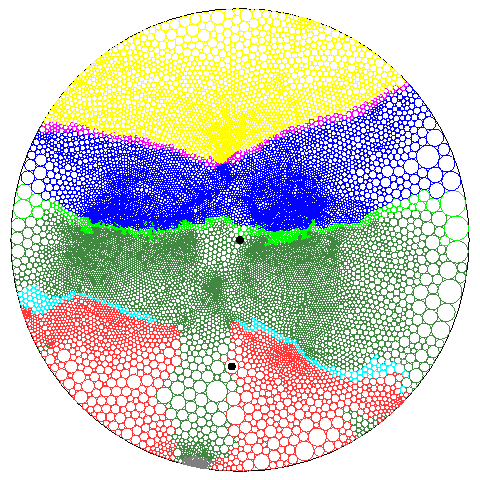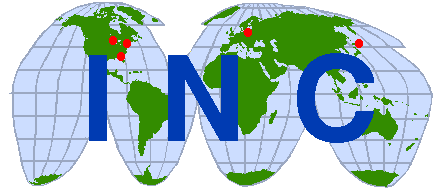| |
|
|
|
|
| |
|
|
CIRCLEPACK: SOFTWARE FOR CREATING QUASI-
CONFORMAL FLAT MAPS OF THE BRAIN
1Monica K. Hurdal,
1De Witt L. Sumners,
2Ken Stephenson,
1Philip L. Bowers,
3,4David A. Rottenberg
 |
1Department of Mathematics,
Florida State University, Tallahassee, FL, U.S.A.
2Department of Mathematics, University of
Tennessee, Knoxville, TN, U.S.A.
3PET Imaging Center, VA Medical Center,
Minneapolis, MN, U.S.A.
4Department of Radiology, University of
Minnesota, Minneapolis, MN, U.S.A.
1,2,3,4Members of the International Neuroimaging
Consortium
|



|

|
|
| |
| |
|
|
|